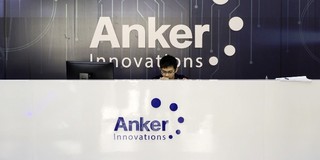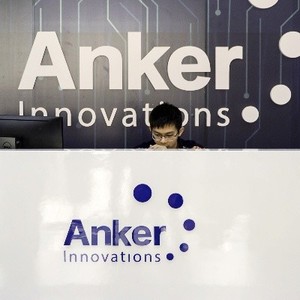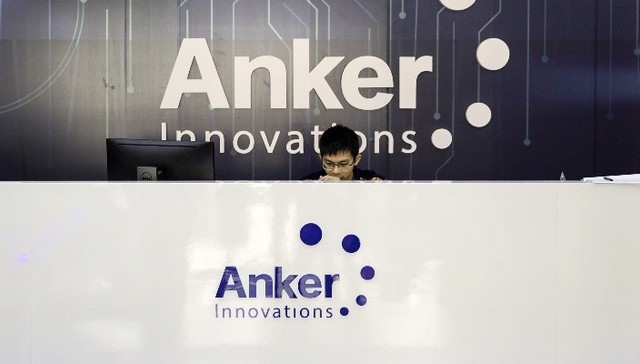By XU Shiqi
In 2011, Steven Yang quit his job at Google, got together with a few college friends and ex-Googlers, and started Haiyi E-commerce, today’s Anker. Way back then, the tried and tested strategy in cross-border e-commerce, was “sell cheap, sell a lot.” Yang decided to play it differently.
Nine years later, Yang heads up a world-leading, listed company with a market capitalization of more than 70 billion yuan (US$ 10.84 billion).
The brand is better known outside China than at home and 97 percent of its sales originate overseas, 70 percent of them on Amazon, where it is a fixture on influential recommendation lists. Anker’s overseas brand recognition was recently ranked 11th among Chinese companies.
It seems that power banks and charger cables are not enough for Anker, and the company has been seen diversifying into all kinds of smart toys. Yang says he simply wants to win in niche markets, a seemingly unorthodox strategy, but one that might, in the quickly changing consumer electronics market, make as much sense as any other.
Gap in the market
It all started when Yang tried to buy a laptop battery for his wife. A replacement from the original manufacturer cost a fortune, and all the (much cheaper) alternatives looked very shoddy indeed. So, an entrepreneur that he was, Yang commissioned a factory to make the kind of battery he wanted to buy, and sold the rest on Amazon for a realistic price. In doing so, he pretty much defined Anker’s brand positioning and strategy.
The company soon moved on to smartphones but struggled to find a supplier able to deliver desired quality. But when they did, basically by keeping control of every stage of production and sales, a lipstick-sized power bank that catered to women who wanted smaller, lighter chargers became an instant hit and topped Amazon’s best-selling list for three years.
“Every single bit of every Anker product is designed by ourselves,” Yang said. Half of Anker's employees are involved in R&D. In-house R&D means a 50 percent gross profit margin, close to leading smartphone producers.
Though most of Anker’s R&D is in Shenzhen, regional offices handle local design and marketing. In tropical countries, products are more heat resistant. Local social media managers and influencers drive new product launches. In 2017, the Anker PowerLine featured in videos of people towing cars and climbing rock faces on YouTube. The USB became known as the “tow rope.”
What’s past is past

More recently, Anker has been diversifying into audio and smart home or security systems. The company is rarely a first mover, but quickly takes up market shares through pure product quality. In 2019, non-charger products generated around a quarter of revenue.
In fifteen years, cross-border e-commerce has gone from business-to-business to business-to-customer, with fundamental switches in supply chain strategy, product development, and brand positioning. To some degree, Anker’s evolution — from partnership to in-house design, from a simple product to a range —parallels that of other influential brands, such as Xiaomi.
Yang is eager to rid Anker of its image as a cross-border seller and power bank producer repeatedly stressing that “power banks make 10 percent of Anker’s revenue.”
Big, friendly fish
But power bank producer is what everyone knows Anker as, and in a volcanic landscape, of combustible consumers and explosive trade relations, it would be next to impossible for Anker to occupy any single niche market and profit on it in the long run. A new incubator program for smart hardware startups provides ideas, talent and technology, while Anker offers supply chain, marketing and distribution.
Yang’s goal is to be the biggest fish in every small pond he gets in; a kind of friendly giant. Averse to cut-throat tactics, he aims to be the benevolent leader in many niche sectors. Nor is he obsessed with “Made in China.” either. “What does it mean except a Chinese company creating a truly global brand?”





